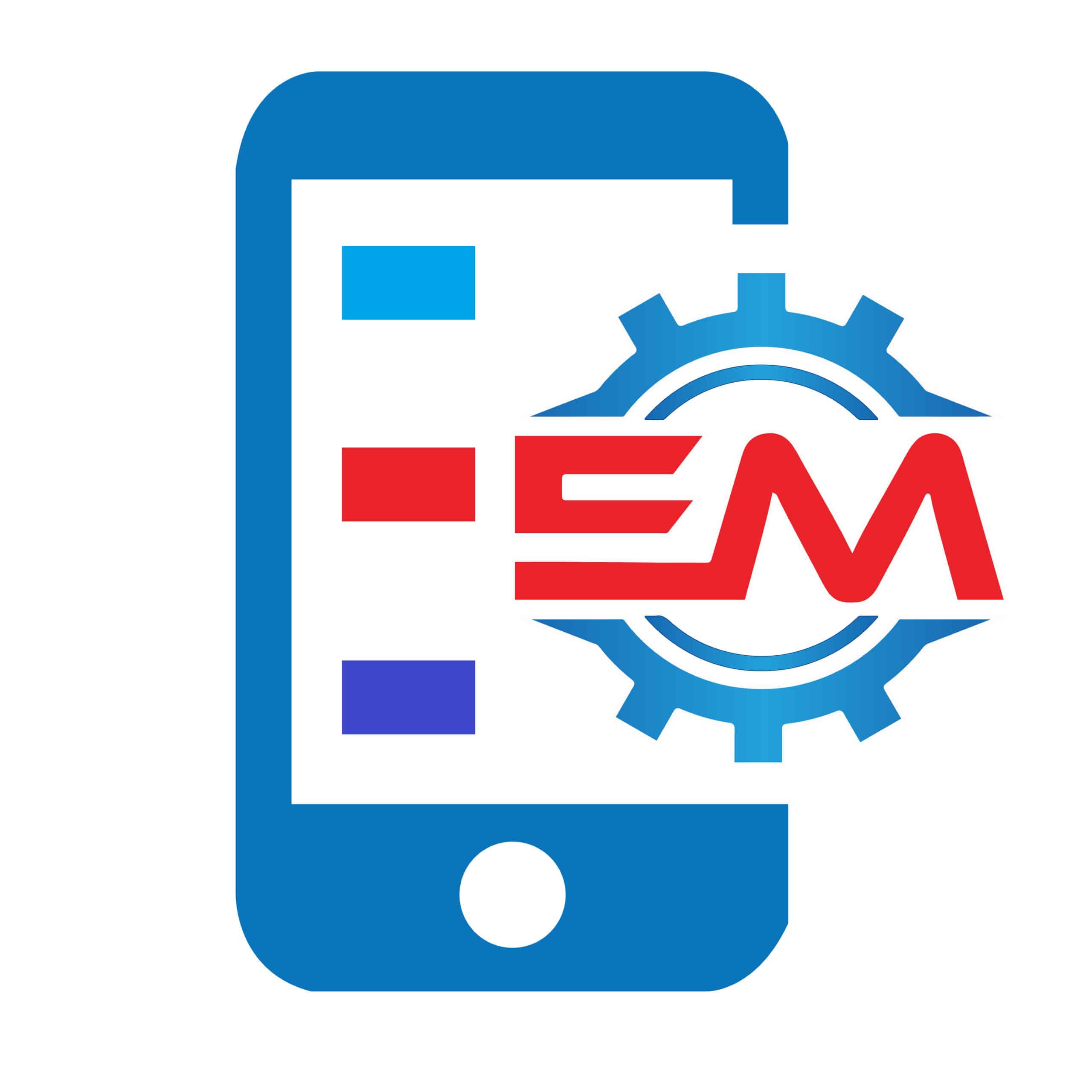What Database Engine does Express Maintenance CMMS use?
Our software is designed for the Microsoft SQL Server Database Engine. It will work with all versions of MS SQL Server.
All Maintenance Management Software is data intensive. It involves constant storing and retrieving of data which is likely to include documents and photos. For this reason the application must be built upon a powerful and completely reliable database engine.
Express Maintenance was built from day one to take full advantage of the Microsoft SQL Server database engine. SQL Server is a powerful tool for turning information into opportunity. Business today demands a different kind of database solution. Performance, scalability, and reliability are essential, and SQL Server provides it all.
We’ve been developing applications for SQL Server for years. Most competitive maintenance management software is based on low performance database platforms that simply do not hold up with large volumes of data or multi-user environments. With SQL Server, your get rapid data retrieval and reported regardless how large your data becomes. And you’ll never experience data or index corruption.
The following information is provided by Microsoft. Microsoft® SQL Server™ is designed to be a client/server system. Client/server systems are constructed so that the database can reside on a central computer, known as a server, and be shared among several users. When users want to access the data in SQL Server, they run an application on their local computer, known as a client, that connects over a network to the server running SQL Server.
Having data stored and managed in a central location offers several advantages:
- Each data item is stored in a central location where all users can work with it.
- Separate copies of the item are not stored on each client, which eliminates problems with users having to ensure they are all working with the same information.
- Business and security rules can be defined one time on the server and enforced equally among all users.
- A relational database server optimizes network traffic by returning only the data an application needs. For example, if an application working with a file server needs to display a list of the names of salesmen in Oregon, it must retrieve the entire employee file. If the application is working with a relational database server, it sends this command:
SELECT first_name, last_nameFROM employeesWHERE emp_title = 'Sales Representative' AND emp_state = 'OR'The relational database only sends back the names of the salesmen in Oregon, not all of the information about all employees.
- Hardware costs can be minimized.Because the data is not stored on each client, clients do not have to dedicate disk space to storing data. The clients also do not need the processing capacity to manage data locally, and the server does not need to dedicate processing power to displaying data.The server can be configured to optimize the disk I/O capacities needed to retrieve data, and clients can be configured to optimize the formatting and display of data retrieved from the server.The server can be stored in a relatively secure location and equipped with devices such as an Uninterruptible Power Supply (UPS) more economically than fully protecting each client.
- Maintenance tasks such as backing up and restoring data are simplified because they can focus on the central server.
In large client/server systems, thousands of users may be connected to a SQL Server at the same time. SQL Server has full protection for these environments, with safeguards that prevent problems such as having multiple users trying to update the same piece of data at the same time. SQL Server also effectively allocates the available resources, such as memory, network bandwidth, and disk I/O, among the multiple users.
While SQL Server works very effectively as a server, it can also be used in applications that need a stand-alone database stored locally on the client. SQL Server can dynamically configure itself to run efficiently with the resources available on a client without the need to dedicate a database administrator to each client.
SQL Server applications can run on the same computer as SQL Server. The application connects to SQL Server using Windows Inter-process Communications components (IPC), such as shared memory, instead of a network. This lets SQL Server be used on small systems where an application needs to store its data locally.



